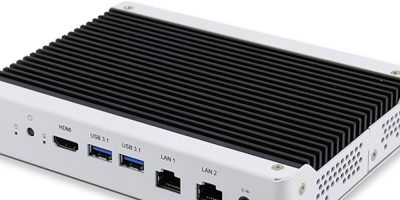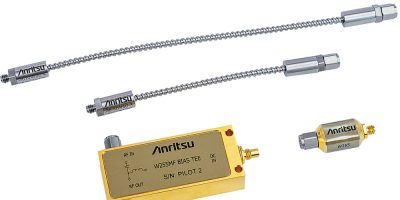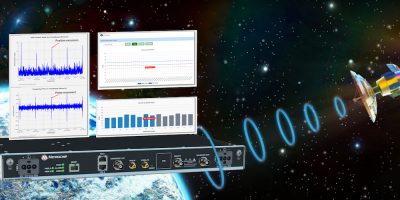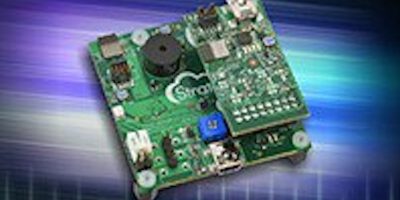Based on 8th Gen Intel Core U-series processors, a 4K digital signage player, the SI-642-N, has been released by Ibase Technology. It can be used in commercial and retail locations as well as in transportation networks to provide real-time information and advertising relevant to the traveller.
The fanless SI-642-N offers high reliability for 24/7 operation in an industrial grade design. It is integrated with the Ibase iSmart and Observer technologies for remote monitoring, power on/off scheduling, power recovery and low temperature boot functions. The Intel HD Graphics 620 enables the system to simultaneously support two independent displays (one HDMI 2.0 and one active DisplayPort 1.2) with 4K (4096 x 2160) at 60Hz resolution. There are also two independent audio outputs.
The digital signage player’s MBD642 motherboard is populated with dual Gigabit LAN, four USB 3.1, dual channel DDR4 with up to 32Gbyte support and expansion slots including M.2 3042 B-key for 4G/LTE, M.2 2280 M-key for storage and M.2 2240 E-key for customers to install optional capture cards.
The Intel vPro and TPM 2.0 features increase productivity, remote manageability and data security, adds Ibase.
The SI-642-N is currently available in four models with different processor types. All operate on both Windows 10 and Linux Ubuntu operating systems.
Ibase Technology manufactures industrial motherboards, embedded systems, panel PCs, digital signage players and network appliances in the industrial PC and industrial IoT markets.
The Taiwanese company was established in 2000 and offers a range of digital signage system products catering across vertical markets including retail, banking, hospitality and education. Depending on their requirements, customers can choose the models based on performance, number of displays, resolution and ventilation designs. Ibase digital signage players feature advanced remote management that easily refreshes content and increases uptime while lowering costs. Ibase has partnered with leading digital signage platforms including Omnivex, Quividi and Navori. It is an Associate member of the Intel Internet of Things Solution Alliance.







